Ebook: Democratizing data access and use
Create the best data experiences and generate value across your ecosystem.
Discover our new ebook and learn all about data democratization.
[Event] Meet Opendatasoft at Big Data LDN 2025
book a meeting!Data management is the end-to-end process of collecting, processing, storing, sharing and using data across an organization and its ecosystem. Data management processes need to be secure, efficient, and compliant with regulations in order to be effective and to add value to the organization.
As data becomes central to organizational success, and data volumes, and complexity increase, data management is now a vital discipline for both the public and private sectors.
An enterprise data management plan has to cover:
Data management refers to the entire discipline and practice of managing all data within an organization. By contrast master data management (MDM), covers how data is created, shared, updated and used. Master data is non-transactional data that is used to provide context to transactional data by describing it and making it easier to understand and manage. For example, it covers entities such as product names, customer formats or how you describe your financial structures or offices. Master data does not refer to individual transactions but instead describes and helps categorize them. Companies use master data management tools to ensure their master data is consistent across all of their organization.
In an increasingly digital world, data now comes from an ever-growing number and variety of sources both within and outside the organization. More data is being produced, more quickly, from more sources, than ever before.
This data can be:
As well as the range of sources, the volume of data is increasing exponentially, requiring a data management architecture that can scale to potentially handle terabytes of data (also known as big data management).
Today data is critical to business success and to gain value from it, organizations must manage it successfully and efficiently, using strong data management principles. Not overcoming data management challenges means that the potential value in the data will be lost, hitting competitiveness and hampering success.
Failure to successfully manage data leads to:
Little knowledge of what data an organization has, where it is stored and how it can potentially be used
Poor technical performance across the data stack, including slow data processing
Challenges to meeting compliance regulations
Reputational damage and cybersecurity risk due to data leaks/poor security
Data silos, where data from different systems is not integrated or made available to all
Duplication of data and increased storage/processing costs
In a data-driven world, harnessing data is essential to competitiveness. By following data management best practices, organizations benefit from:
Through access to more complete information, managers can make better, more informed decisions based on high-quality management data. By having a 360 degree view of business performance, organizations can anticipate potential issues and risks and take preventative action. Access to large volumes of high-quality, complete data from a full range of sources is central to taking advantage of machine learning (ML) and artificial intelligence (AI) algorithms. These automate and scale decision-making and enable organizations to predict future events and respond in real-time.
Through immediate access to up-to-date data, employees are able to work more productively and effectively. They do not have to waste time searching for different datasets from other departments or systems or manually entering information from other sources. This means they can focus on using data to do their jobs more effectively, helping overall competitiveness and improving the employee experience, as time-consuming manual processes are eliminated. Insights from data can also be used to optimize performance across the business, further increasing efficiency gains.
Volumes of data are increasing rapidly. All of this information needs to be stored, processed and protected, adding significantly to IT overheads and costs. An effective data management strategy is able to monitor and eliminate duplicate data from across the organization, breaking down data silos between departments. This reduces issues caused by data duplication and means that the organization requires less data processing or storage capacity. Having a single data management strategy can also remove administration time and free up staff for other roles.
Data is the fuel for increased collaboration between teams, departments and partners. Bringing together data from different areas and systems (such as sales, HR and customer service) powers the creation of new, innovative uses for data, driving the creation of new products and services, new ways of working and better service to customers and citizens. It breaks down barriers between departments and enables knowledge to be shared more widely across the organization, as well as with partners within the wider ecosystem, citizens (in the case of the public sector) and other stakeholders.
Data, particularly personally identifiable information (PII) is rightly subject to stringent regulations, such as GDPR and CCPA. Organizations must therefore implement data security management to keep information safe and secure, with clear processes and audit trails to demonstrate who has access to datasets and for what purposes. This requires an effective data management strategy to map all data, ensure it is protected, and is only used for specified purposes. This enables regulatory compliance and protects brand reputation by demonstrating a strong commitment to safeguarding customer and employee data.
Understanding and meeting customer needs is crucial to business competitiveness. Improving the customer experience is a continuous process that relies on access to holistic data from across the customer journey. Having a complete picture of customer data through data management enables companies to monitor and improve the experience they offer, and to personalize how they meet the needs of specific customers and groups.
Data is also essential to demonstrating transparency, whether around corporate activities (such as for ESG/CSR reporting) or within the public sector. Customers and citizens want to be provided with a complete picture of how the organizations they interact with are delivering on their objectives and meeting their needs – requiring strong management of data across the business.
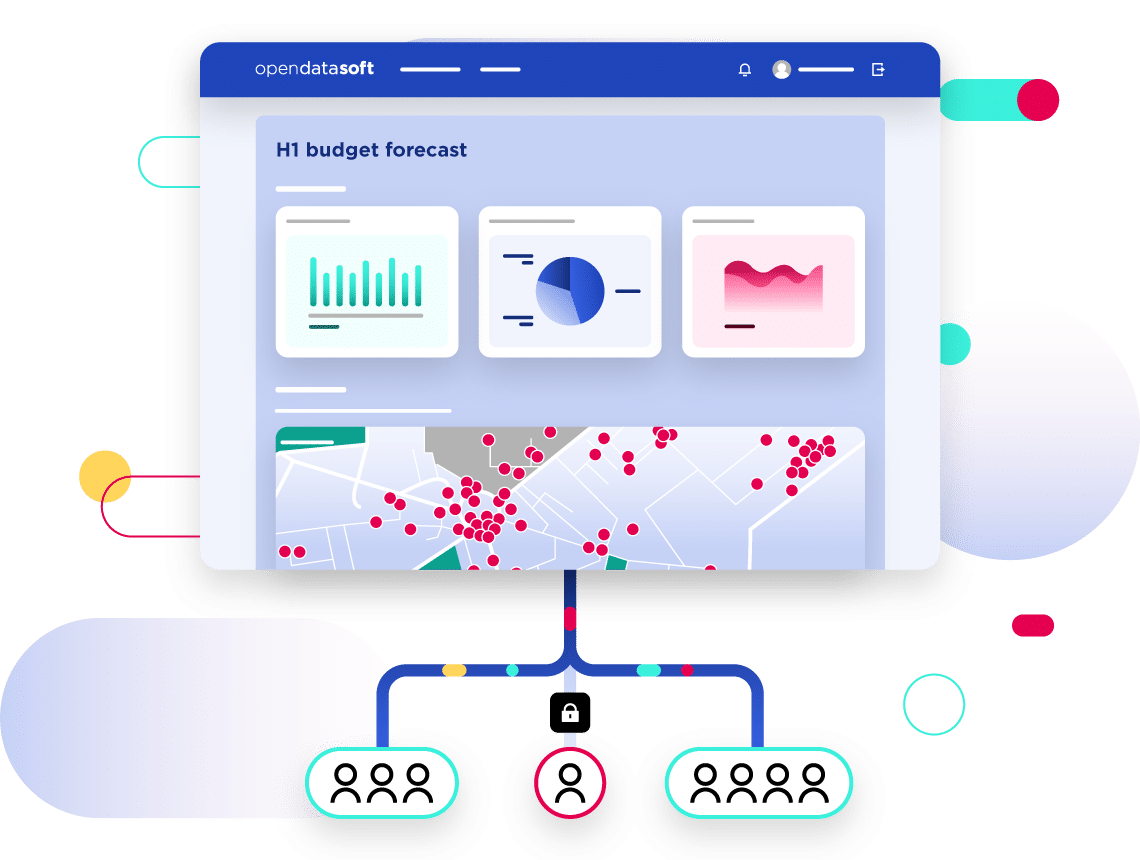
Data governance is a key component of an effective data management strategy. It covers the policies and procedures around how you identify, organize, handle, manage, and use the data collected in your organization across its entire lifecycle.
The Data Governance Institute defines data governance as “A system of decision rights and accountabilities for information-related processes, executed according to agreed-upon models which describe who can take what actions with what information, and when, under what circumstances, using what methods.”
How is data governance different to data management? Essentially governance sets the strategic principles and frameworks that are used to manage data, while data management solutions actually tactically carry out the process of managing that data.
Data governance delivers both proactive and reactive benefits:
It creates new value from data by encouraging data sharing through breaking down silos between departments and providing staff with greater access to data. It also encourages the creation of a data culture by building a shared understanding and vocabulary around data.
Data governance is essential to ensuring that all data is secure, well-protected, compliant with regulations, is accessed and used correctly and is accurate. This manages and reduces risks around data.
Many data governance programs fail to deliver results, due to a perceived lack of business value and internal resistance from departments who see it as interference in their activities. This means that companies fail to gain the full benefits of their data management strategy.

Overcoming these challenges requires organizations to adopt the right structure for their program and to gain internal buy-in from both management and other teams. Putting the right structure in place ensures that data governance programs are linked to business objectives and have the broadest possible involvement from data owners from within the company.
Data governance teams must:
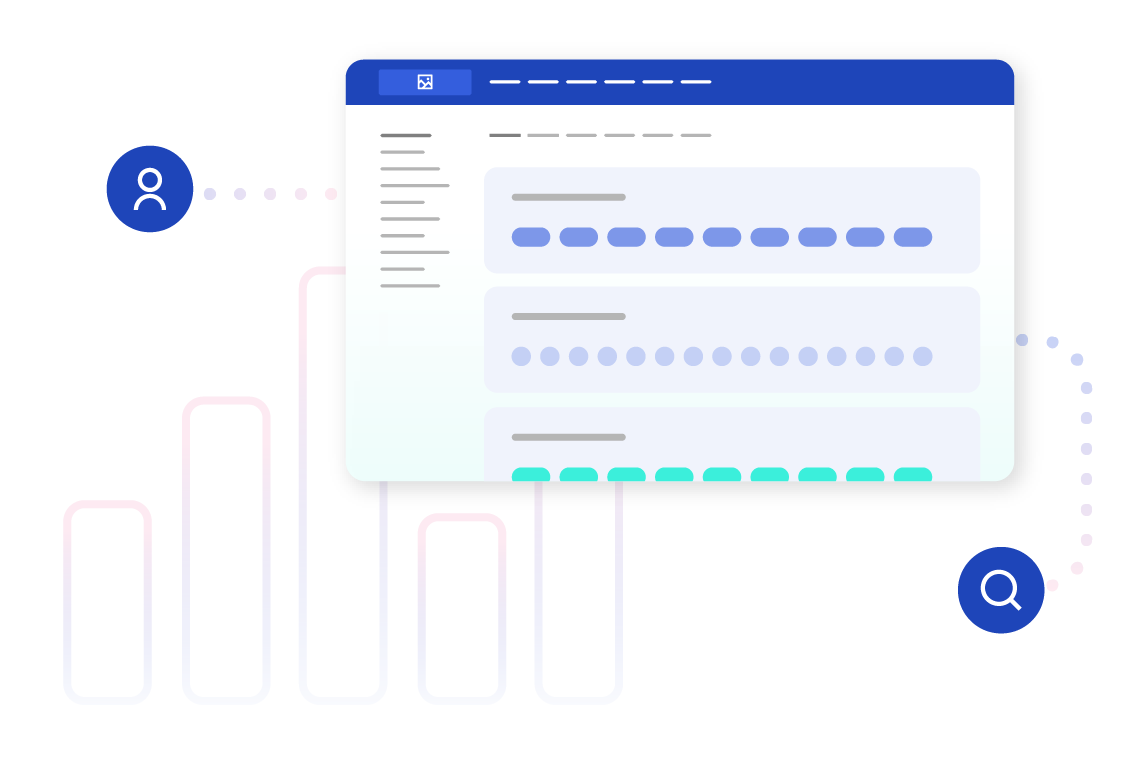
The details of data governance frameworks will differ between organizations, depending on their specific maturity, needs and industry. However, they should all contain certain key elements to ensure data is effectively managed from end-to-end across your organization:
Read more about achieving data governance success in our blog.
The data management process covers the entire end-to-end process from first creating or collecting raw data all through to its usage and sharing across the organization and beyond. Organizations use a range of data management tools for this data lifecycle management.
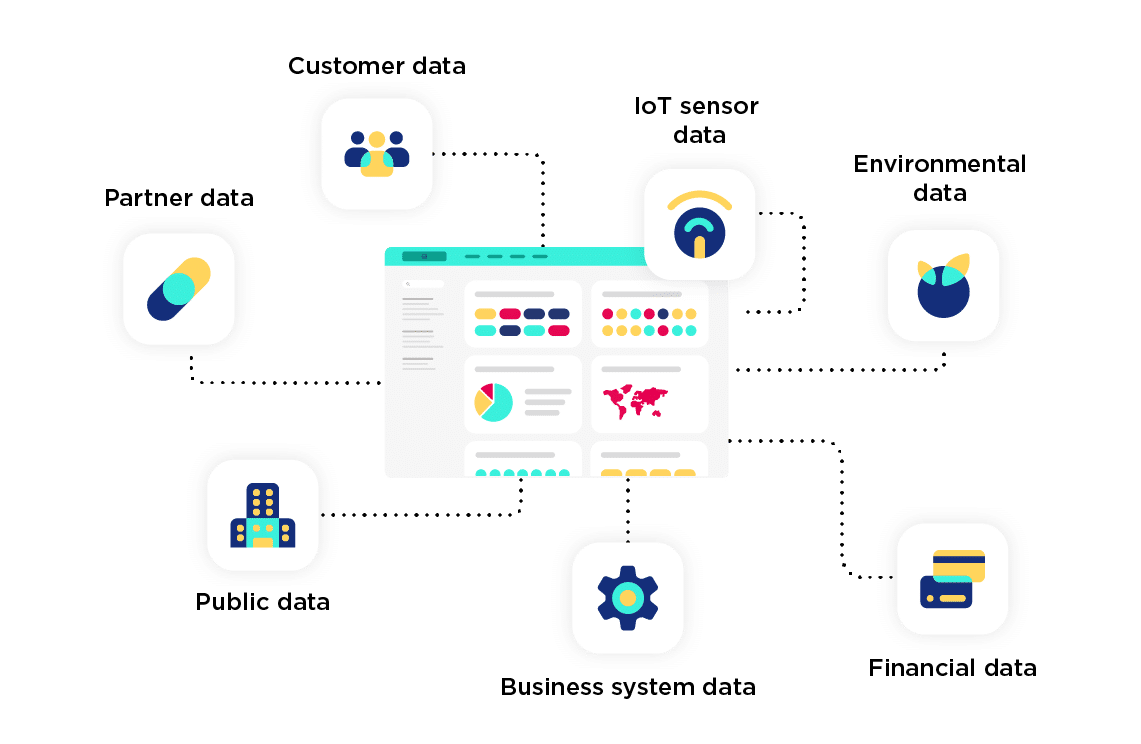
Data is created or collected from individual sources. These could be business systems (such as CRM, HR or sales), production systems (machines in factories), IoT sensors (for example collecting traffic or environmental data), or third-party data (provided by partners through APIs or other means). At this stage data should be checked to ensure it means data quality standards and data governance policies.
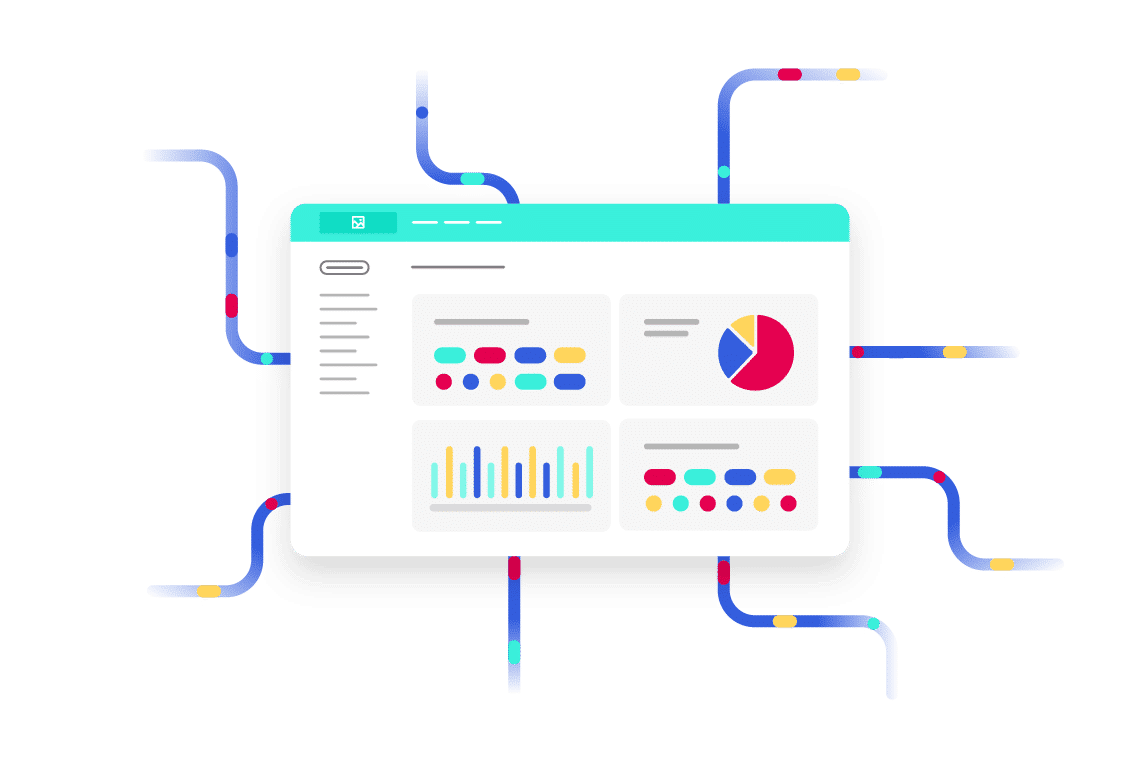
Data from multiple sources and different systems is combined into a single repository, such as a data warehouse or a data lake, breaking down data silos. This enables easier cross-referencing and the elimination of duplicate data. As it enables better reporting and predictive analysis, data integration simplifies the decision-making chain for organizations.
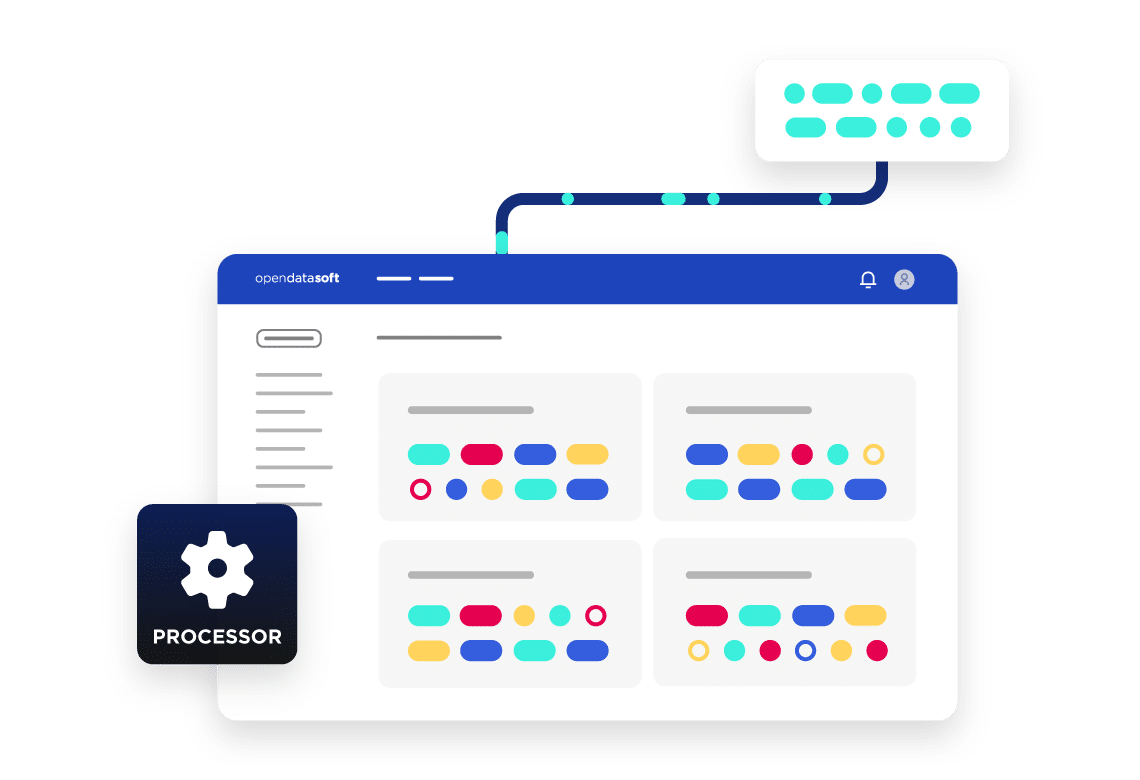
Data is prepared for its use. It is first cleaned (data cleansing) which involves identifying and fixing incorrect, incomplete, duplicate, unneeded, or otherwise erroneous data in a data set. Processors are then used to standardize formatting (for example ensuring all dates are in the same format) and to anonymize any personally identifiable information.
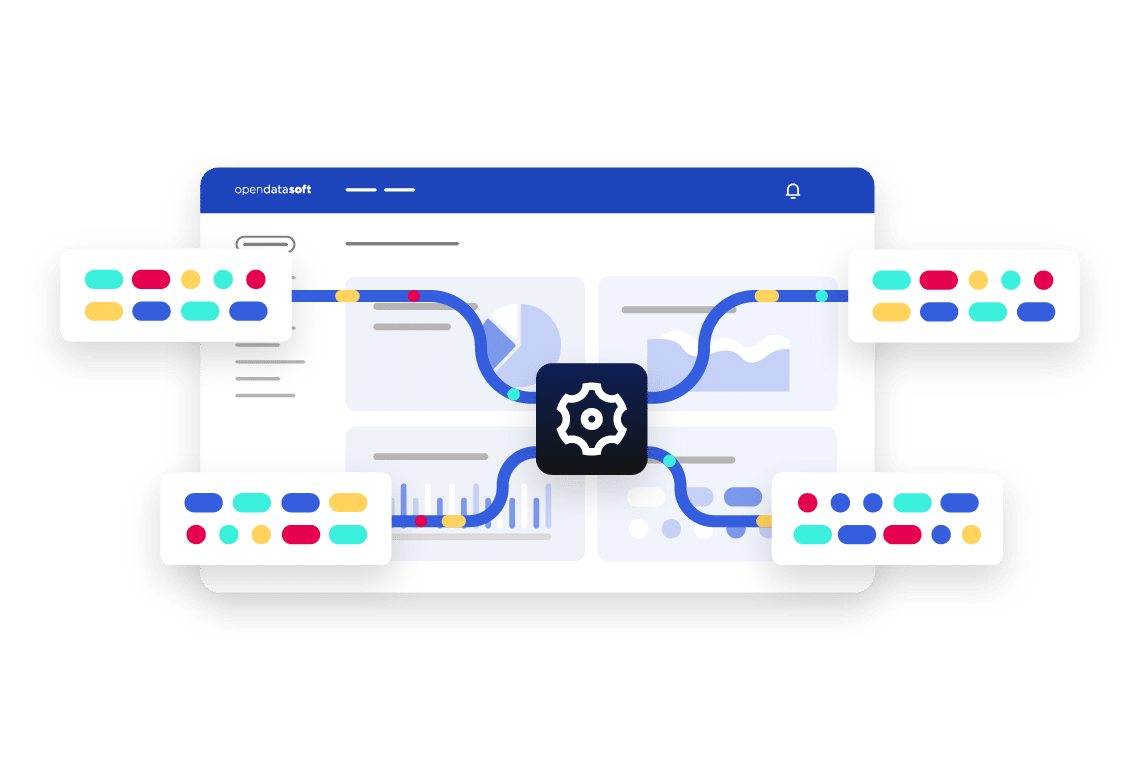
In the data enrichment/data transformation step additional information is added to enrich existing datasets to make it more usable and valuable. For example, organizations can add geographic, weather or other reference data to provide context to the data. The Opendatasoft Data hub contains over 30,000 datasets that can be used to enrich your own datasets.
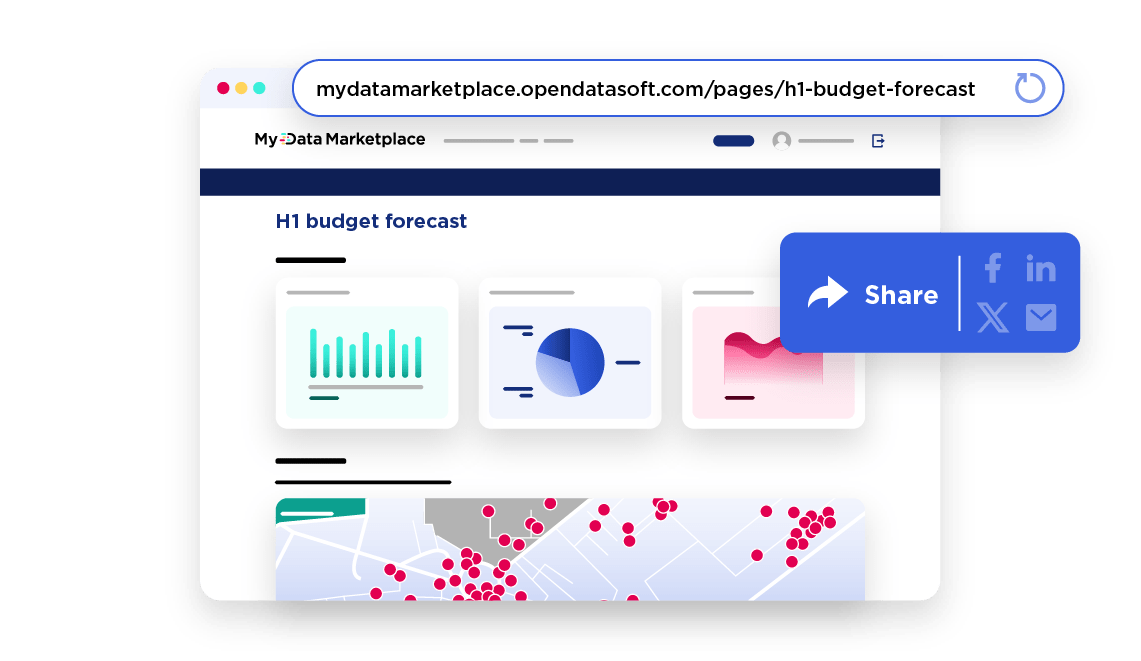
If data remains in the hands of data analysts it does not unlock its full value. It has to be shared more widely amongst non-experts, whether business decision-makers, citizens or employees who require it for their day-to-day jobs. This area is often neglected in data management strategies, reducing ROI from data. What is needed is to democratize data so that it can be shared and used by everyone.
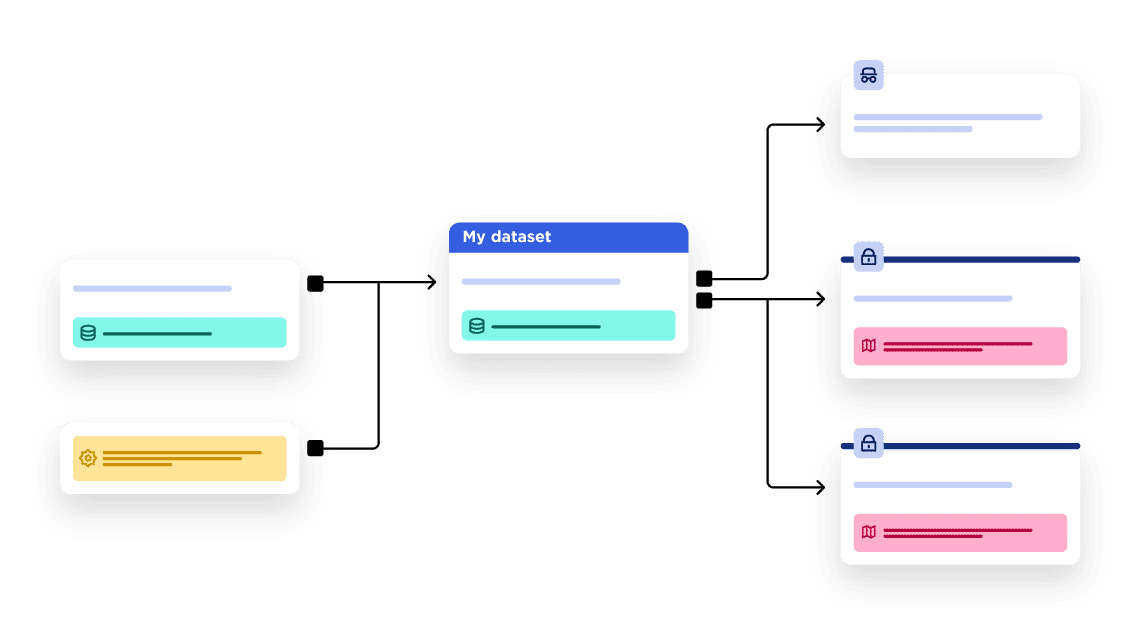
To improve data management it is vital to understand how data flows across your organization, and how and where it is used. Data lineage tools and dashboards provide this insight, delivering full traceability over data, better understanding the needs of users, demonstrating impact and performance against KPIs, while enabling data management strategies to be continually optimized and improved.
We live in a data-driven world, and access to usable information in understandable formats is vital for businesses, employees, citizens and partners. Data cannot be left solely in the hands of experts, such as business intelligence analysts, or require specific skills to access it and make sense of it. That is driving the importance of data democratization, the process of seamlessly sharing data with all in ways that they can understand and make use of. There is more on data democratization and its importance in this blog.
Unfortunately too many organizations currently lack the data management capabilities to truly democratize their data.
Firstly, they have not yet created a data-centric culture within the organization where data is seen as a crucial resource for all, and where staff are confident in accessing, understanding and reusing data in their daily working lives. Overcoming this obstacle requires a focus on training and culture to build confidence and ensure your people are data-driven.
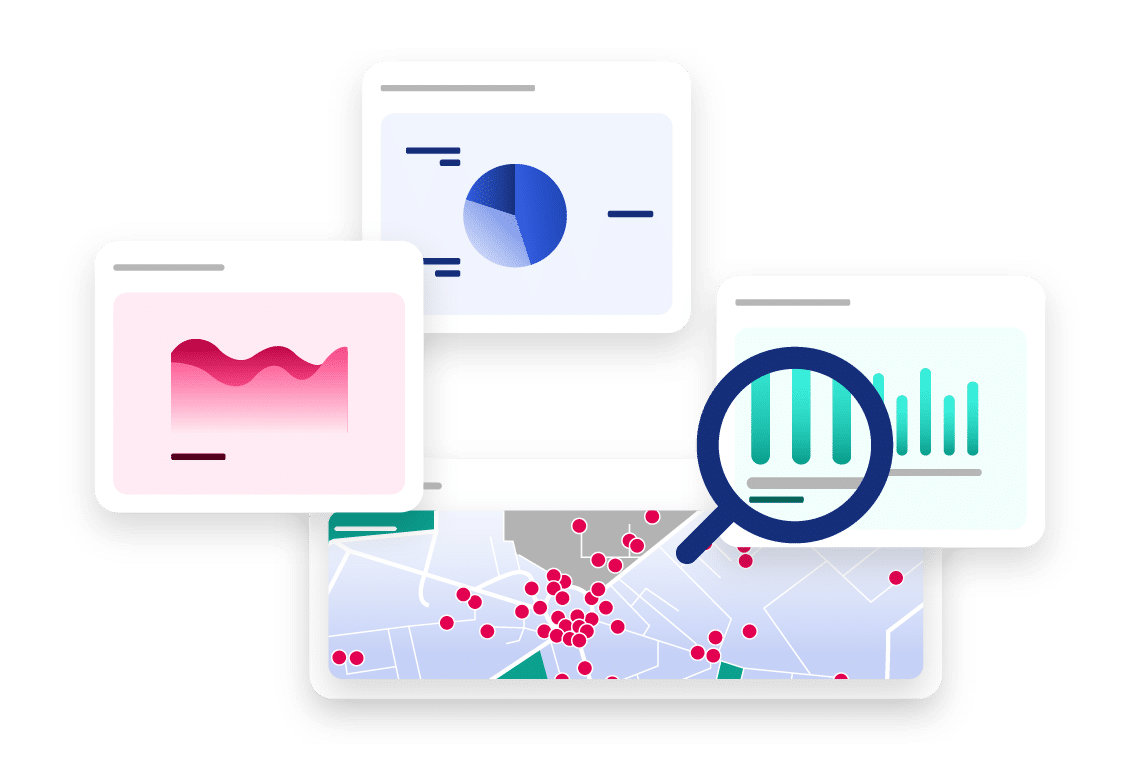
Secondly, data is simply not easily available in formats and locations that people can immediately access and use. Employees, citizens and partners struggle to find the data they require, as it is scattered across the organization in multiple silos and systems and is not easy to understand or work with.
Solving this challenge requires organizations to centralize access to their data, creating a one stop shop that contains all available datasets, along with the tools to reuse this information. Depending on the audience for the data, there are three main types of data portal used to centralize and share data:
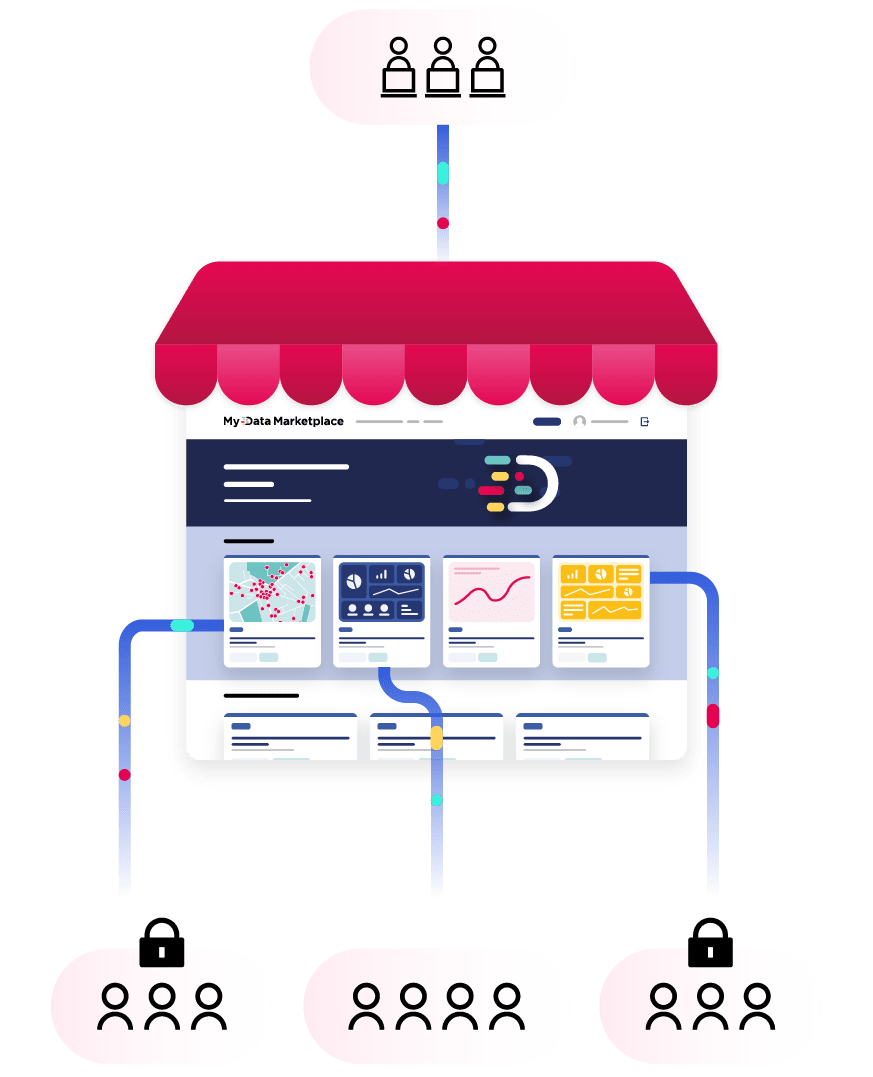
Creating an internal data marketplace is a powerful way of bringing together all datasets from across the organization and making them available to employees. An internal data portal has to have an engaging user interface, make it simple to find data and provide employees with confidence that data is accurate, high quality and meets their needs. To protect confidentiality and prevent misuse, internal data portals should have built-in access controls, ensuring that employees cannot view personal or other data that is not relevant to their role.
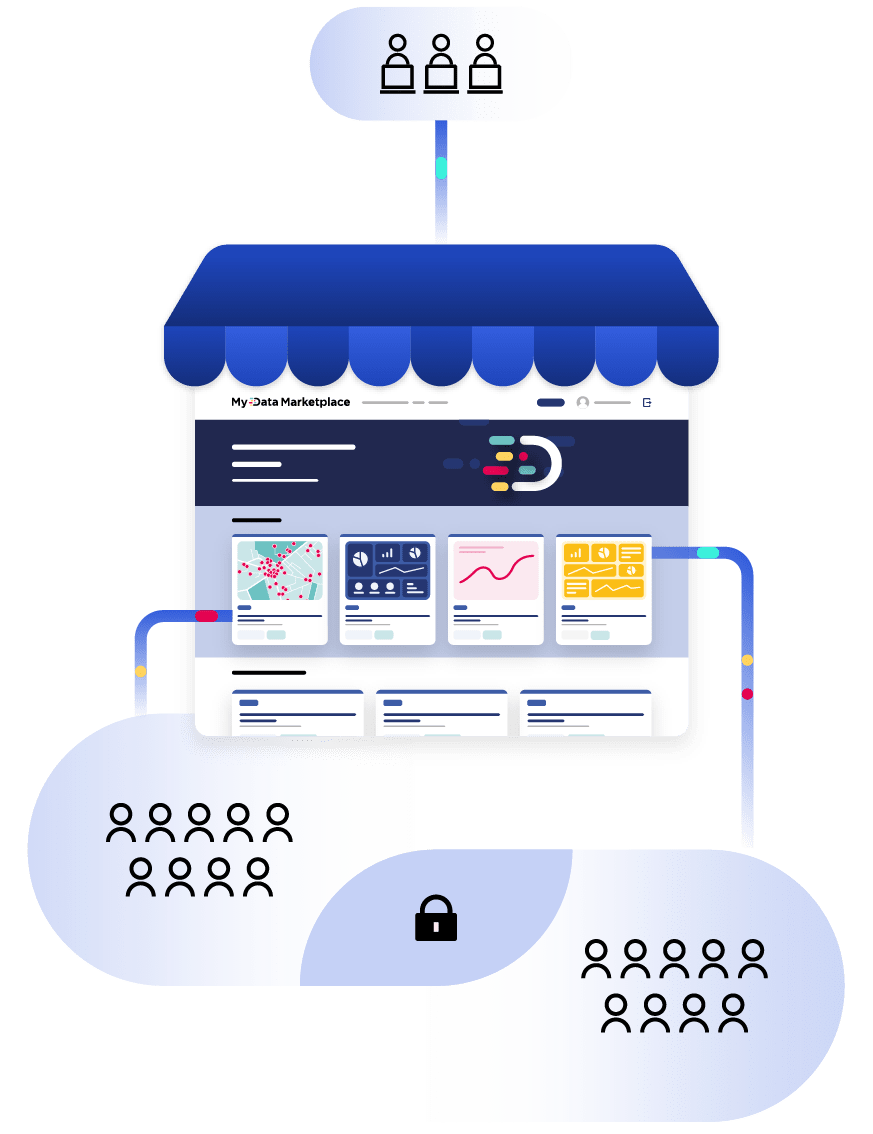
Solving business and societal challenges, such as around decarbonization, requires an ecosystem approach. Organizations need to work with their suppliers, partners and other stakeholders, collaborating through data. Creating a partner data marketplace enables this collaboration, providing datasets that can be enriched or used by partners, deepening relationships and driving innovation. Partner data portals also enable organizations to monetize their data, creating new services that they provide to partners and customers, either as datasets or through dashboards. These add value to their offerings and create new revenue streams.
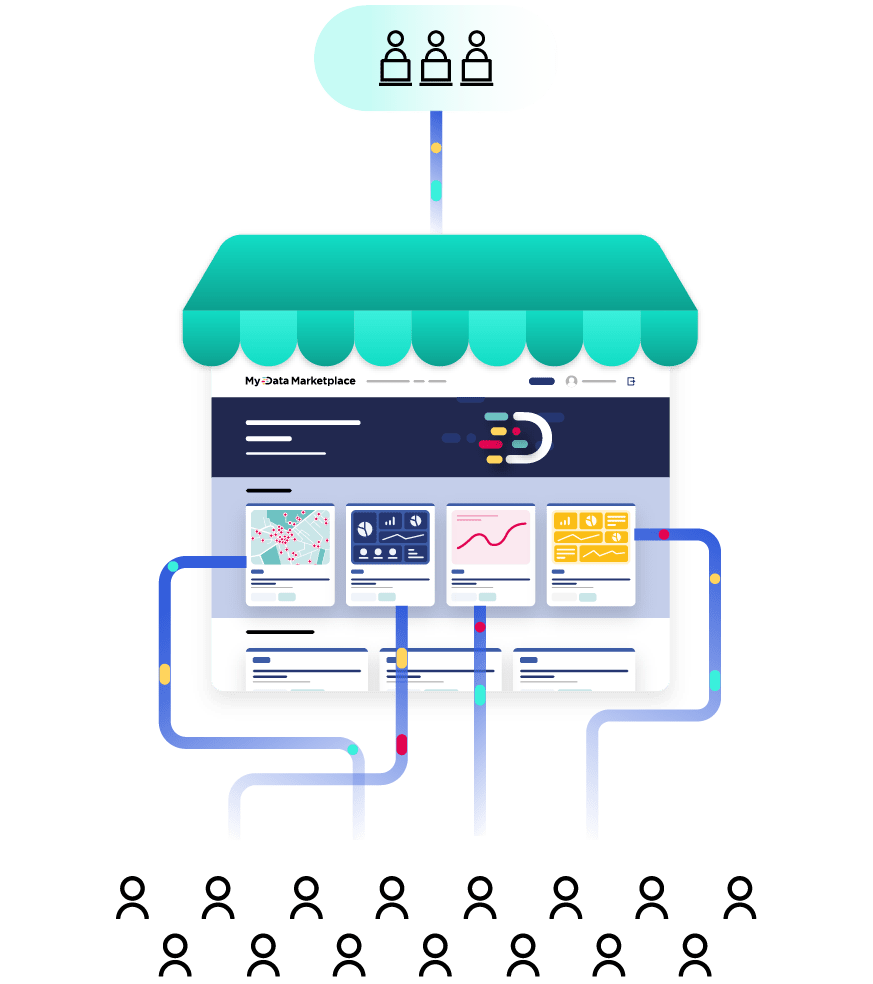
An online portal available to everyone through the internet, an open data portal shares all datasets with the world. Originally created by public sector bodies to increase transparency by sharing information on their activities with citizens, open data portals are increasingly being rolled-out by businesses. They recognize the benefits of being open to demonstrate how they are performing against key metrics, such as their ESG and CSR goals. An open data portal should be comprehensive and easy-to-use with a strong search function.
Simply making data available through a portal is not enough to deliver data democratization. It must be easy to:
Successful data management requires a combination of strategy, process and powerful data management technologies.
It is essential to create a flexible, scalable and secure data stack that covers the end-to-end data management process across the organization. This requires an overall data architecture and individual tools for data management within the stack.
How you structure your data architecture has a major impact on your data management platform. The data architecture sets out the infrastructure behind your data management program and is crucial to its success.
An organization’s IT architecture must allow it to share data and make it accessible to everyone. Data must be easily accessible, and not stuck in silos. However, if architectures are too centralized and concentrate activities within a central team, there is a risk that departments will not actively participate in data sharing, damaging your chances of success.
Increasingly organizations are looking to adopt data mesh architectures. These are designed to underpin data democratization by decentralizing responsibilities for particular data to those that are closest to them, but backed up by agreed, company-wide governance and metadata standards to ensure interoperability, with the architecture enabled by a shared self-service data infrastructure.
Rather than being a technology or tools, data mesh provides a framework and guidelines to help organizations work with data in the most optimized way, focused around three building blocks:
Data mesh makes it easier to find and share high-quality data and turn it into data products for internal or external use. To learn more about the architecture read our blog “What is data mesh and why is it vital to data democratization?”.
Clearly data needs to be protected at all times, both from external and internal threats. Your data management policy and architecture must have security at its core. Invest in data privacy management tools to keep information anonymous, and audit security at all stages of the data management process, from collection and storage to preparation and sharing. As part of security compliance manage who has access to which datasets, providing an audit trail and preventing unauthorized usage.
The data stack will contain a variety of data management products. It is essential that these all work together seamlessly to ensure interoperability, seamless processing and protection for your data. The data stack normally includes:
While organizations have invested heavily in their data stack in terms of both technology licenses and skilled experts to run their data management systems, they still struggle to get full value from their data. This is because their stack lacks a data experience layer that enables them to effectively share and democratize their data at scale.
A data experience tool sits within your data management software stack and includes key features that allow you to:
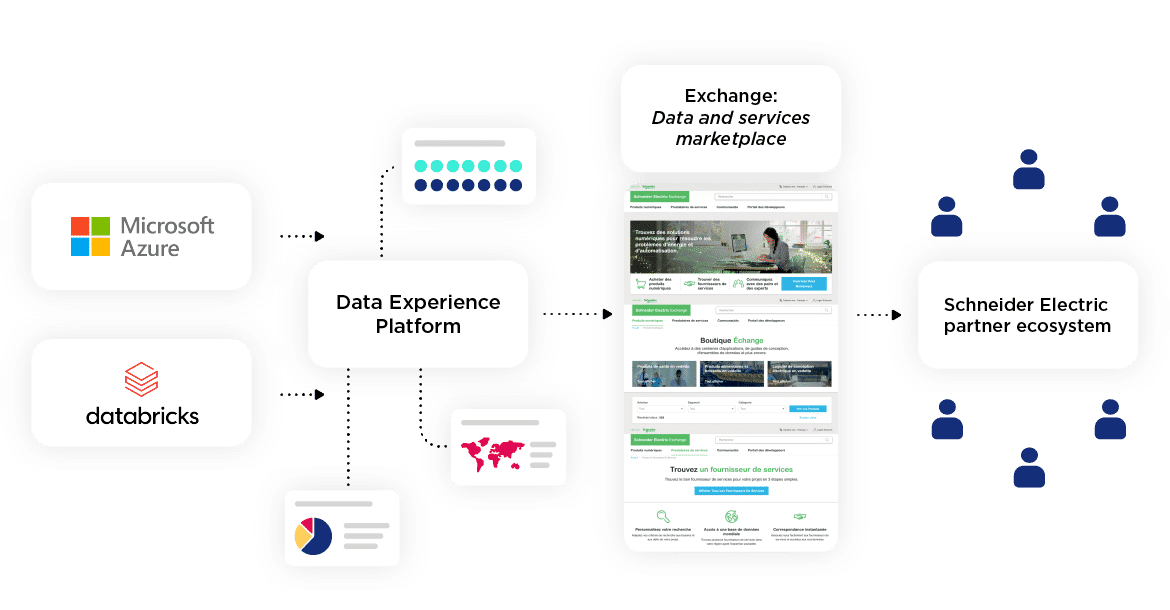
Schneider Electric uses a range of solutions to manage data across its lifecycle, ensuring it meets governance and sharing requirements. This includes cloud storage through Microsoft Azure and its Databricks data lakehouse solution. These feed data into the Opendatasoft platform, where Schneider Electric creates data experiences which are shared through its Exchange data and services marketplace.
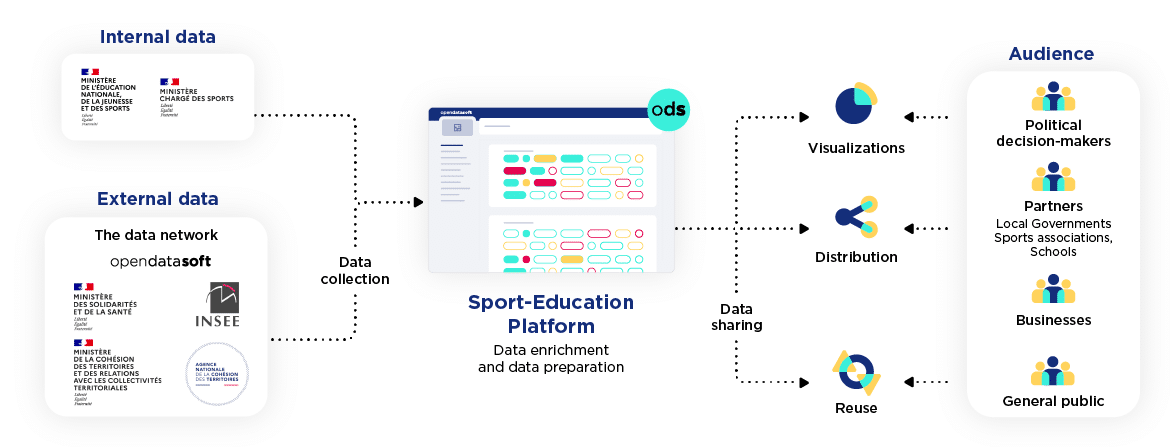
The French Ministry of Sport collects a range of internal and external data, from government agencies including the Ministry of Health and the French National Statistics Authority (INSEE). These are all centralized within the Opendatasoft platform where they are prepared and enriched. Data is then shared through visualizations and reuses with political decision-makers, partners, businesses and the general public.
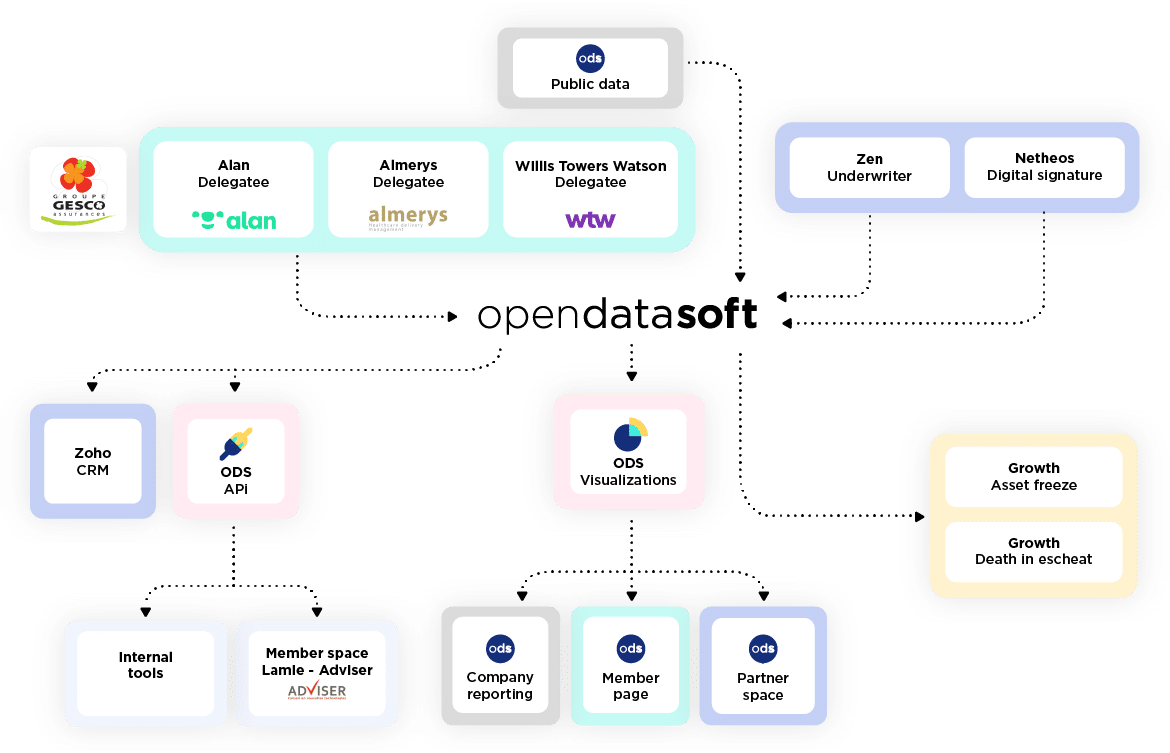
Insurance company Lamie has made Opendatasoft the cornerstone of its data management strategy. All data, whether collected internally or externally by partner organizations, is centralized on the ODS platform. It is then shared via the platform in multiple formats, such as via dashboards for employees, with its Zoho CRM solution and other internal systems via APIs and with customers through its dedicated customer and partner portals.
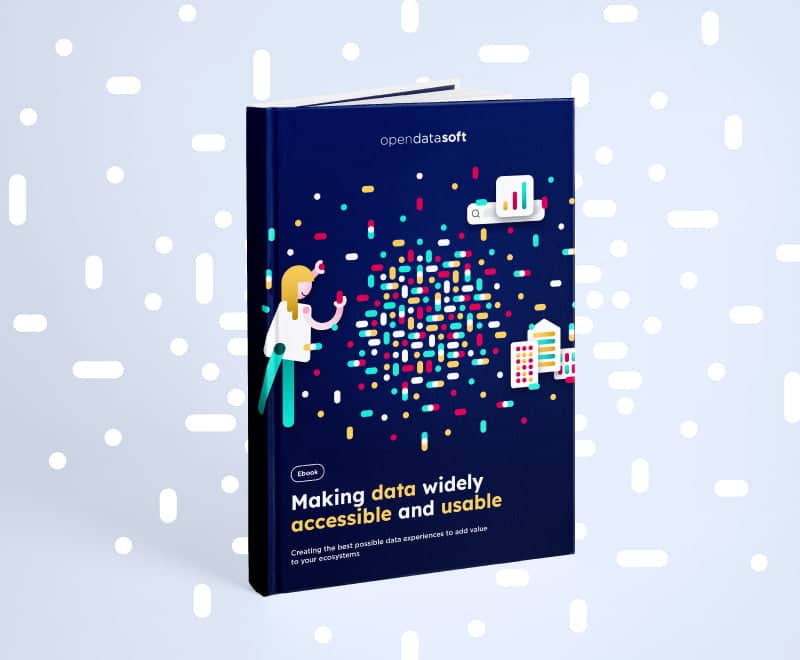
Create the best data experiences and generate value across your ecosystem.
Discover our new ebook and learn all about data democratization.